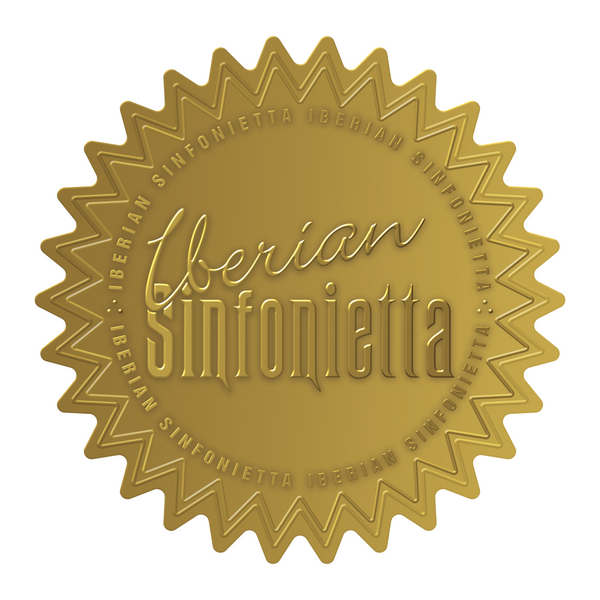
"LA EUROPA GALANTE", THREE WORKS FROM THE SAME MUSICAL PERIOD WITH A VERY DIFFERENT PERSONALITY
Dear public
Next Saturday, May 21, we will have the opportunity to enjoy Iberian Sinfonietta again. On this occasion, an eminently classic program will make up the evening. There will be three works, by authors from the same period, in the case of the first two, Haydn and Johann Christian Bach, or the “London Bach”, as it has also been called. Finally, an imposing work by Mozart, who was younger than them, will close the program.

The concert will open with Symphony No. 1 by one of Bach's most musically important sons. A composer with a happy and fun character, who understood that the complexity of his father's style did not suit him. Christian Bach studied with the best, since he had them at home, but when Bach died, when he was only 15 years old, he left for Berlin, to continue evolving his style with his brother Carl Philipp Emanuel, and a few years later He established himself as Master Organist at the Cathedral of Milan and a few years later he settled permanently in London. The concert on Saturday the 21st will allow us to enjoy his first symphony, with a clear interest in the melody, something common at the time, but in his case, it has the interest of seeing how a son wanted to find his own style, since the Bach's importance was and is immense.

His Italian cantabile style, the fullness employed by the strings and the use of wind instruments, had a great influence on Mozart's works. This relationship is evident, for example, between J. Ch. Bach's Symphony Op. 3 No. 1 and Mozart's Symphony KV.19 . When Mozart learned of his death in 1782, he paid a moving tribute to him by using a theme from an overture by J. Ch. Bach in the slow movement of his Piano Concerto in A Major KV 41 4. These thematic borrowings are frequently found in the works of Mozart, testifying to the profound influence that J. Ch. Bach exerted for a long time on the Salzburg master.

We understand that they are two very interesting symphonies and even more so listening to them together, with the stylistic contrast of both. It will therefore be a perfect evening for a May afternoon, precisely on May 21, you know, at the Peace Palace, in Fuengirola. Enjoy it.
Jorge Rodríguez Morata
Pedagogical content coordinator
